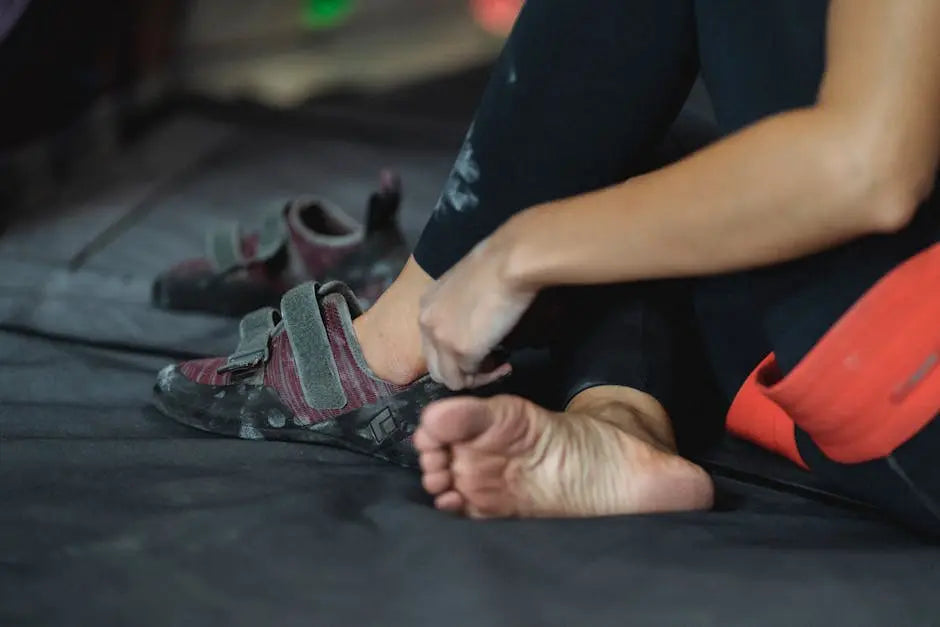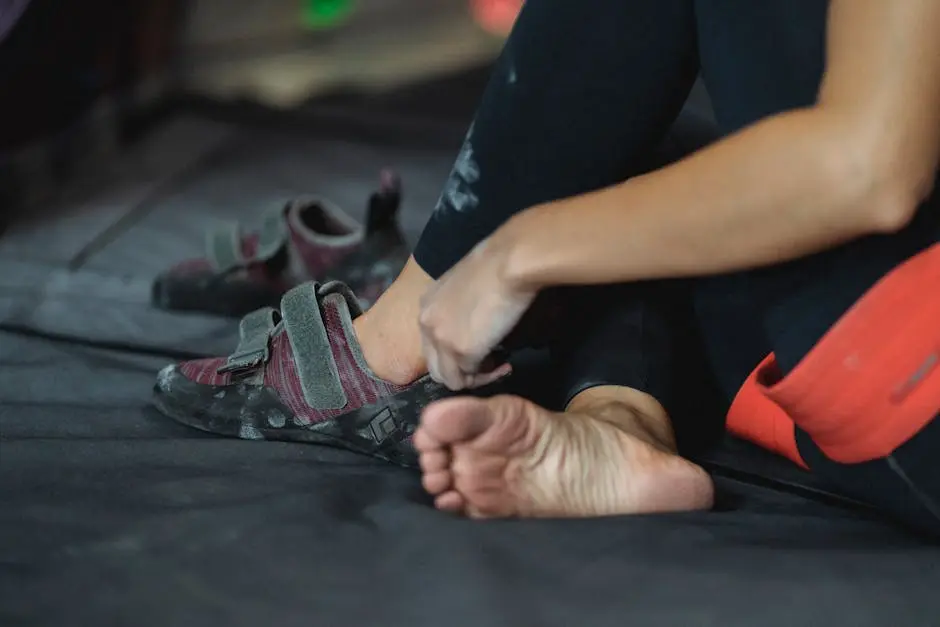
Can I Wear Barefoot Trekking Shoes for Daily Activities?
Exploring the versatility of barefoot trekking shoes outside the trails.
What Are Barefoot Trekking Shoes?
Barefoot trekking shoes, a marvel in minimalist footwear, are designed to mimic the sensation of walking barefoot while providing protection from rough terrains. Their thin, flexible soles allow for a more natural foot movement, unlike traditional hiking shoes that can be bulky and rigid.
The unique design of these shoes aims to enhance the wearer’s foot biomechanics, improving posture and strengthening the muscles in the feet and legs. It’s an experience that brings you closer to nature, even when you’re simply walking down a city street.
Benefits of Wearing Barefoot Shoes Daily
Integrating barefoot shoes into your daily wardrobe can offer surprising benefits, from increased foot strength to improved balance. Appreciating our body’s natural mechanics can lead to less foot fatigue and potentially less overall body discomfort.
Their lightweight and flexible design mean barefoot trekking shoes also allow for a more intimate connection with the ground. This can lead to enhanced proprioception - our body’s ability to sense itself in space, improving our movements and reactions.
Considerations for Daily Wear
However, transitioning to barefoot shoes for daily activities requires some consideration. For individuals accustomed to heavily cushioned footwear, the initial switch can be a shock to the system, potentially leading to discomfort or injury if not properly managed.
Furthermore, while these shoes are versatile, it’s essential to evaluate the appropriateness of their use in various settings. The workplace or formal events, for example, may have specific footwear requirements that barefoot shoes do not meet.
Transitioning to Barefoot Shoes for Everyday Activities
Starting slow is key when incorporating barefoot shoes into your daily life. Begin by wearing them for short durations and gradually increase as your feet and body adjust to the new dynamics.
It’s also beneficial to engage in exercises that strengthen the foot and ankle, preparing them for the minimal support of barefoot shoes. As always, listening to your body’s signals during this transition is crucial to avoid pushing too hard, too fast.
Common Uses Outside of Trekking
Barefoot trekking shoes are not just for the wilderness; they’ve also found their place in urban environments. Many enthusiasts wear them for everyday errands, casual walks, and even in some office settings that allow for more relaxed attire.
Beyond the city, they’re also a popular choice for beach walks, light gardening, or simply enjoying a leisurely day at the park. Their adaptability makes them a versatile addition to any wardrobe.
Tips for Choosing the Right Pair
When selecting barefoot trekking shoes for daily activities, consider factors like material, sole thickness, and toe box size. Look for a pair that offers enough protection for your activities while still allowing for the flexibility and ground feel characteristic of barefoot shoes.
Also, consider the climate and season. Waterproof options might be necessary for wetter climates, while more breathable materials are ideal for keeping your feet cool in warmer weather.
Personal Stories: From Trails to City Streets
Many have shared their positive experiences transitioning to barefoot shoes for daily wear. From improved posture and reduced foot pain to a newfound sense of connection with their surroundings, the anecdotes abound.
One user recounts their journey from skepticism to advocacy, initially doubting the shoes’ effectiveness for city life but ultimately finding them indispensable for daily commutes and weekend adventures alike.
Frequently Asked Questions
A common question is whether barefoot shoes are suitable for all-day wear. The answer largely depends on the individual’s foot health and activity level but many find them exceptionally comfortable for extended wear once accustomed.
Another question revolves around the style and aesthetic of barefoot shoes. While traditionally known for their utility rather than fashion, many brands now offer styles that blend seamlessly with casual and even business casual attire.
Stepping Into Daily Adventures
Embracing barefoot trekking shoes for daily activities can be a delightful change for your feet, combining comfort with a touch of adventure.
- Choosing a selection results in a full page refresh.
!






















































